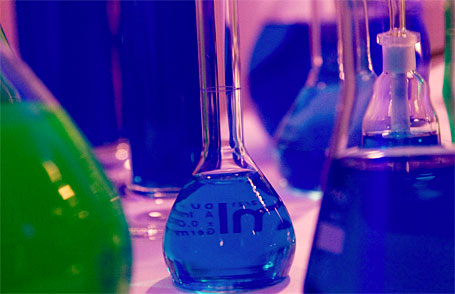
Scientists at University of California, Davis, have been researching how bacteria produce hydrogen. One of the ways is by combining radical SAM enzymes with iron and sulfur atoms.
According to Futurity, “The bacterial catalysts are based on precisely organized clusters of iron and sulfur atoms, with side groups of cyanide and carbon monoxide. Those molecules are highly toxic unless properly controlled, … The cyanide and carbon monoxide groups were known to come from the amino acid tyrosine, …
“Jon Kuchenreuther, a postdoctoral researcher in Britt’s laboratory, used a technique called electron paramagnetic resonance to study the structure of the intermediate steps. They found a series of chemical reactions involving a type of highly reactive enzyme called a radical SAM enzyme. The tyrosine is attached to a cluster of four iron atoms and four sulfur atoms, then cut loose leaving the cyanide and carbon monoxide groups behind.”
I’ve talked about scientists using bacteria to create hydrogen many times before. However, this breakthrough shows the chemistry behind the hydrogen generation and presumably will lead to easier and cost-effective scaled up hydrogen production in the future.
Sources
http://www.futurity.org/make-hydrogen-start-strange-chemistry/
http://www.sciencemag.org/content/342/6157/472.abstract
https://www.hydrogencarsnow.com/?s=bacteria
Photo Credit: Mikolski
Comments are closed here.